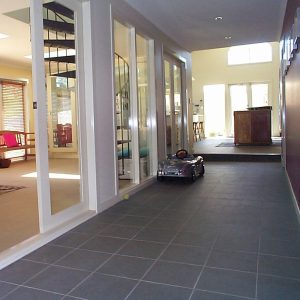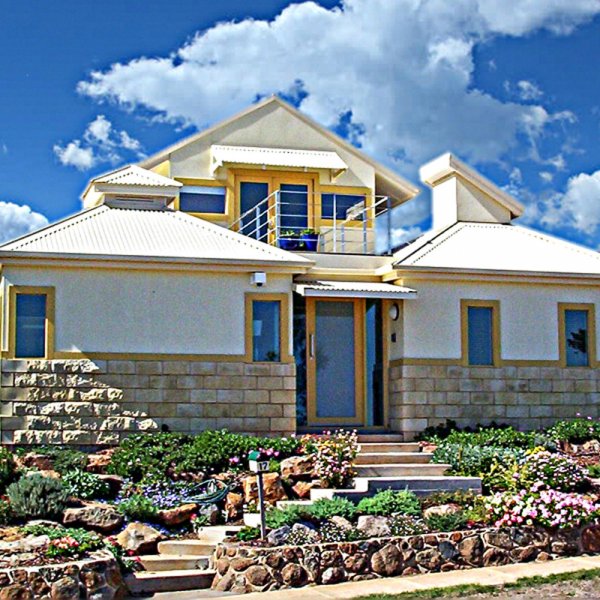by Bridget Puszka, BP Architects
what Makes an eco-house?
First, let’s look at what exactly is an eco-house. An eco-house is a home that has a low impact on its environment — both the immediate surrounding garden and surrounding land and air. And also with the bigger picture. A global view. Where the choice of materials, the way you construct your eco-house has a lesser impact on the world. So your home is less polluting. It has a low carbon footprint. And it has zero or low energy needs.
You can build an eco-house from organic materials or recycled materials. Its design makes it a sustainable house with efficient use of water, energy and building materials. Eco-houses are also known as green homes.
When it comes down to it, there are no two identical eco-houses. And there is no black-and white-solution or strict rules on what is an eco-house. Each eco-house is different. The location is different. The microclimate of the house site will have an impact on the design of the eco-house. You can use different building materials in an eco-home. What you are looking for is the best design solutions for your eco-house. And how you can build your home and reduce the impact on the environment.
So it is a house that is designed to minimize its impacts on the environment and is an energy efficient home. You can find out more about eco-houses and sustainable houses in an ‘Easy 9 Steps to a Sustainable House’.
Are eco-houses expensive?
Who said that sustainable design had to be expensive? The eco-home, designed by Bridget Puszka, BP Architects, is an affordable four bedroom family home located on the Sunbury Hills. Design of the house makes it an eco-friendly home. It is naturally cooled in summer and warmed in winter by the winter sun. Eco-friendly features of the home include a solar court and garden court.
eco-Home design features
The airlock entry keeps the cold winds out of the home during winter and blocks hot air from coming into the summer. Flexibility in the eco-home design means that the spaces can be opened up in summer, increasing the overall air volume in the house. And in winter, rooms can be closed off, reducing the amount of heat needed to keep the home comfortable and cozy. A solar pergola shades the house from the summer sun. And during winter, the sun rays warm the sun court, keeping the home warmed naturally.
Windows frame the picture-perfect views and vistas of the surrounding Sunbury Hills. Even from the back of the eco-home, you can see long distance vistas of the surrounding hills through the glazed walls of the solar courtyard.

With a wide corridor, this doubled as the children’s play area and gave the home a sense of spaciousness. The solar court helps to regulate indoor air temperatures. And this means the house is maintaining comfortable indoor air temperatures. How? By having flexibility in the design to open and close doors to the solar court. Natural daylight floods this house, making it bright and light. The eco-home in Sunbury has a small footprint with a big house feel.
If you would like your home to be an eco-house contract Bridget at BP Architects to see how we can help you. Learn more about our green architecture and architect house design.
Eco Home designed by BP Architects – Sanctuary magazine Article
You can read more about the eco-home designed by BP Architects in the ‘The Light Fantastic’ article Sanctuary magazine. ‘The Light Fantastic’ article looks in detail the features of the eco-home in Sunbury.



